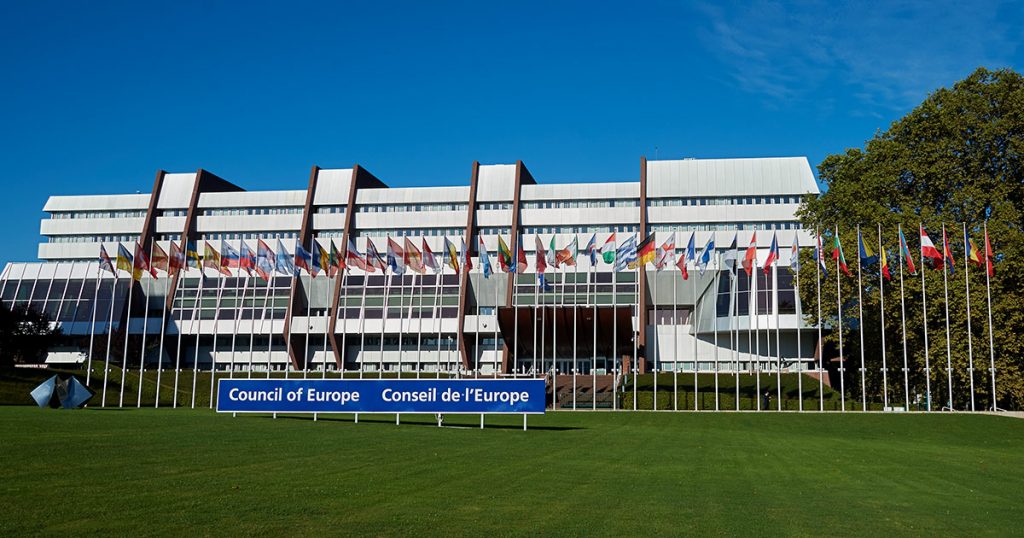The European economy has 50 countries and a market of more than 740 million people. The formation of the European Union in 1999 and the adoption of the Euro made the continent even more productive as it improved convenience and participation.
Most countries in Europe have GDP per capita higher than average those of the world. However, there is a divide between the countries behind the former Iron curtain and those of Western Europe. By 2010, Europe had $19.920 in nominal GDP, which represented 30.2% of the world economy. The European Union produced between 75 to 80% of the GDP of the continent, which is about $20 trillion.
The EU is currently the most significant and wealthiest economy in the world, beating the US by up to $2 trillion in 2008. Essential industries in Europe include the services sector, investment, and banking, tourism, manufacturing, and agriculture. The region currently has more than $33 trillion assets under management, which is more than a third of the entire Globe’s wealth. Europe is the headquarters of 184 of the largest 500 companies by revenue on the Globe. In 2010 just as the effects of the financial crisis were wearing off, Europeans, particularly in Western Europe, enjoyed some of the highest standards of living in the world.











